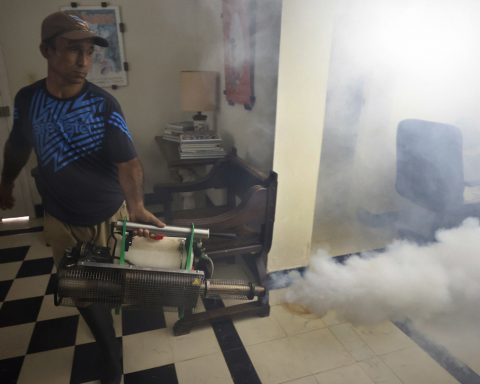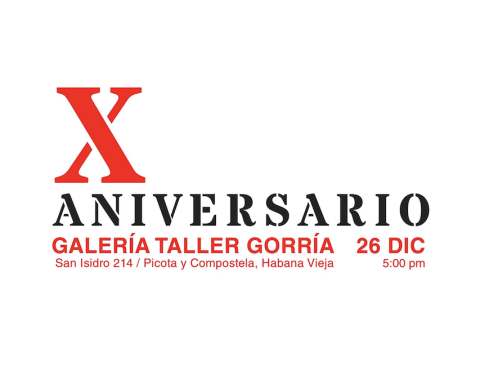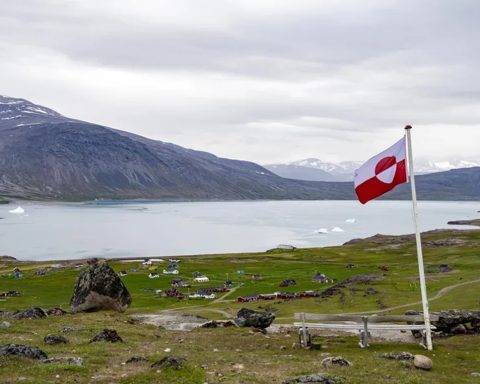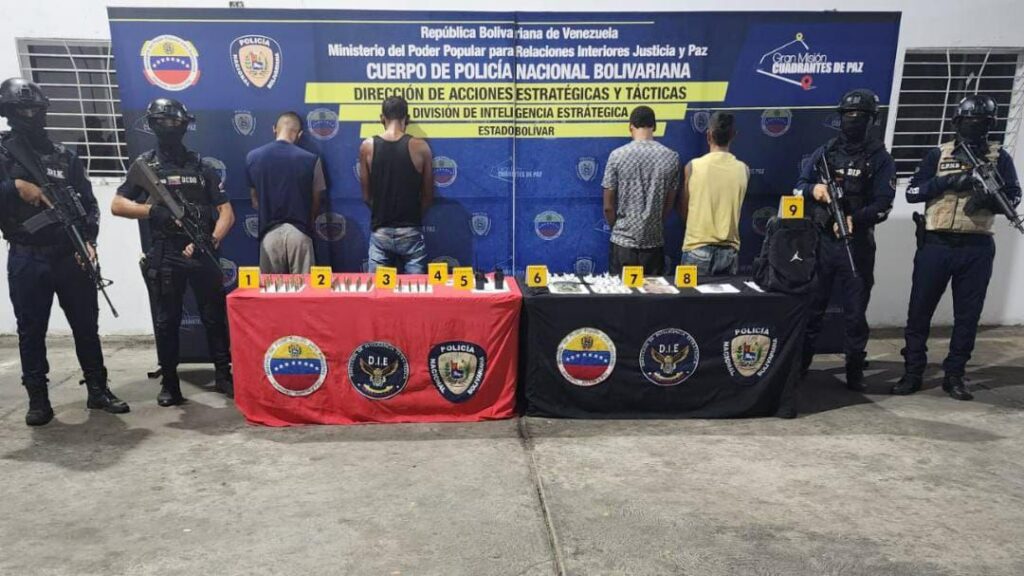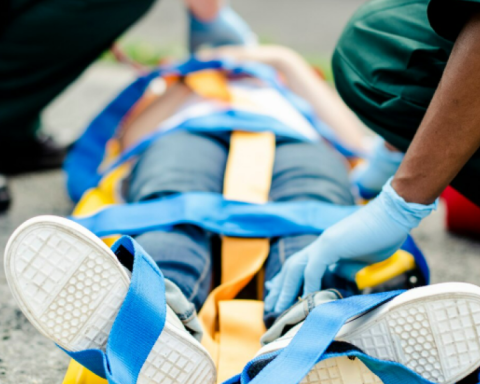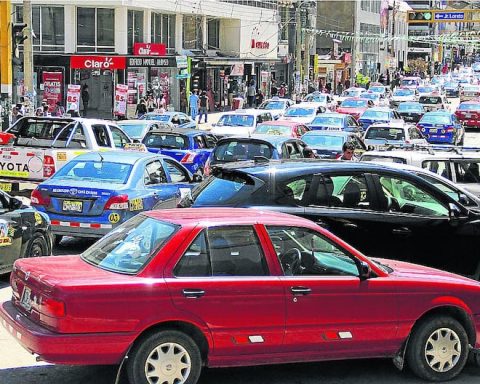Havana Cuba. – The figure of Louis Moreau Gottschalk is little known among Cubans, despite the intense professional and personal relationship that united this talented pianist, born in New Orleans on May 8, 1829, with the largest of the Antilles.
After several years of studies and performances in Europe, Gottschalk made his first trip to Havana in 1854, and from that date he was captivated by the intense cultural life of the city, as well as the extraordinary richness of Cuban music. In March of that year he offered his first concert at the Artistic and Literary Lyceum in the capital, five days later he performed at the Villanueva Theater and, in April, at the Tacón Theater. In the three presentations he shared with prestigious Cuban musicians of the time, among them the pianist Nicolas Ruiz Espaderowith whom he established a deep friendship, despite the fact that both could not be more different.
Gottschalk’s open and joyful personality contrasted with the collected and silent Espadero, but the music made possible a powerful bond, expressed in the influence of the Cuban in his friend’s compositions.
During that first trip to the Island, which was fruitful from every point of view, Gottschalk also offered concerts in Matanzas, Cienfuegos and Santiago de Cuba. In this last square he accompanied the violinist and composer Laureano Fuentes Matons.
In January 1857 he returned to the island accompanied by the soprano Adelina Patti, whom he and Espadero accompanied in a historic presentation at the Tacón theater, which would be repeated in May of the same year at the La Reina theater in Santiago de Cuba.
Influenced by Espadero, Gottschalk composed The Soldier’s Song and other pieces that he left unfinished so that the Cuban could give them the final finish. Espadero came to understand Gottschalk’s aesthetics and musical thought better than anyone, and was directly responsible for the subsequent knowledge of that author’s work.
In 1860 Gottschalk returned to Cuba and prepared a Music Festival for which he summoned all the musicians, approximately 650. The event was held in February, hosted by the Tacón theater, where a “monster-orchestra” was organized with instrumentalists from La Havana and Matanzas, first figures such as Espadero himself and the pianists Pablo Desvernine and Fernando Arizti, opera singers and a drum set brought from Santiago de Cuba.
The Festival was so applauded by the Havanans that Gottschalk recognized the broad culture and devotion of the Cuban people for good music.
Gottschalk’s relationship with Cuban music was one of absolute fascination, as evidenced by his repertoire of dances, contradanzas, caprices and operas where Cuban rhythms and motifs are mixed, both for piano and symphonic performances.
His last trip to the Island was in 1862.

